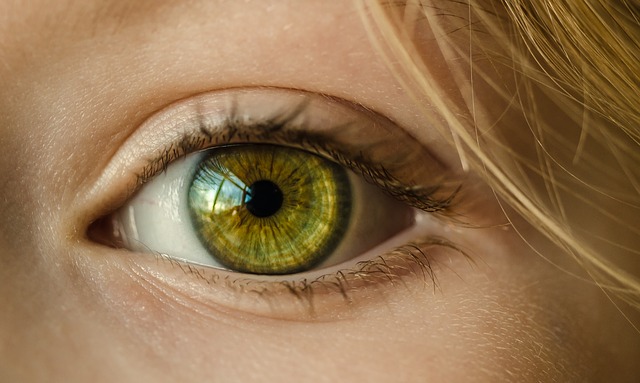
The human eye
The eyes are windows to our soul, and the body’s location of the eyes enables us to see length, width, depth, and distance of an object.
The eye is nearly spherical with a slight bulge in the front part, and it enables us to see the beautiful, colorful world around us. Over 1000 known disease syndromes can be seen through the eyes.
Essential Components of the Eye
As complex as the eye may seem biologically, the eye is comprised of three layers; sclera, choroid and the retina.
1. Sclera
The sclera is the outer layer that maintains the shape of the eye. Muscles attached to the sclera controls eye movement.
2. Choroid
The choroid is the middle layer of the eye, that controls the blood vessels. The choroid is made up of several smaller part including the cornea, iris, pupil and eye lense.
Cornea
The cornea is the closed circular area in the sclera, where light enters the eyes.
Iris
Just behind the cornea is a dark-colored muscular diaphragm which has a small circular opening in the middle called the iris. These are the muscles surrounding the pupil, which adjust its opening according to the brightness of the light. The iris is the part that give a person their eye colour (i.e. blue, brown, green…)
Pupil
The pupil is the small circular opening of iris in front of the choroid. The pupil appears black because light is reflected from it. It changes sizes to accommodate the amount of light that is available. The iris regulates the light by adjusting the size of the pupil.
Eye Lens
The lens is a transparent flexible structure that bends or refracts light rays. They focus on the nerve cells of the retina. The anterior and posterior fluid bath the eyes out and in respectively.
3. Retina
The final layer of the eye is the retina.
The inner back surface of the eyeball is called retina. It is a semi-transparent membrane, which is light sensitive and is equivalent to the screen of a camera. The light-sensitive receptors of the retina are called rods, cones, and the bipolar cells. The space between the retina and eye lens is filled with another fluid called vitreous humor.



